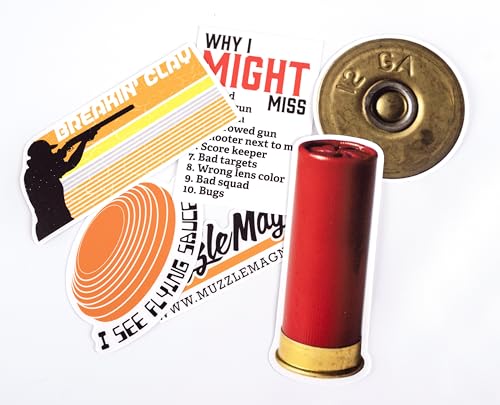We are again talking about lead & books and soon we will be onto your books and what we can all learn from you & them. I will however entertain your question - and probably respond for the last time.
A few (and I mean few) of the books I have read are,
- A Manual of Clayshooting – Craddock.
- Shotgun Shooting - John Brindle.
- Clay Target Shooting – Paul Bentley
- Positive Shooting – Michael Yardley
- Breaking Clays – Chris Batha.
- And your book – You’re behind it.
The Chris Batha book is a very good introduction. I also found Chris’ videos on You Tube helpful and he talks through lead on the skeet layout and other types of target. It’s the book I would recommend to beginners and I still find it a useful reference albeit having read it once it's rarely opened.
I have found very little text useful when it comes to lead. It’s a personal thing dictated as much by gun speed and visual perception as trigonometry. The Brindle book makes this point (pages 42 to 46). I understand your unit lead method but its reliant on a form of maintained lead. The Brindle book (1984) notes maintained lead as the exception to the general position that "
the right apparent lead for a particular bird or target is different for different people" so I understand why you have adopted it. Incidentally the Yardley book discusses techniques and describes maintained as "American Maintained Lead" and links it to skeet shooting and gives the example of Ed Scherer who did diagrams of lead for the skeet field in the 70s & 80s. In short there is nothing new in what your book says expect for breaking it down into units.
I understand that for the beginner they can be told what to do and a prescriptive system may have some benefit (initially). For me – and I expect many on this forum - that moment is long gone and having shot maintained lead too much over the past few years I am now peddling back to use pull away and other methods where they are relevant and appropriate; maintained has its place but only when appropriate.
Lead is the
last thing I discuss with my coach. I cannot emphasis that enough. Method is much more important and learning to apply it consistently. That’s what we discuss. Everything else has to be right before lead is consistent and only then can we say more or less – the exact measurement is, as above, personal. When being coached, 95% percent of the time my error assessing the lead (which I might do with 5% of traps) is corrected by a change in technique or correcting an error on my part. Everything else being right, but the lead wrong, is such a low percentage and getting smaller. Occasionally during lessons clays are shot where the lead seems odd – way too much or too little but that's largely to understand the clay's presentation and not to ‘measure’ lead as such - I am learning by exception not by measurement.
To emphasis, books have their place but they cannot explain, by reference to lead, the personal collation between visual point, hold point and kill point. They cannot explain by reference to lead, differences in muscle speed and reaction time. By using a standard 'measure' of lead you are forcing all of the other factors to fit - like making a tennis player hit the ball over the net at a specific speed.
Now, I’ve answered your question politely and with detail. Could you now give your books a rest ?
Could you also provide some comment on why you think you miss on a sporting layout. Skeet is a discipline - practice makes perfect & muscle memory it’s part also. Sporting less so and if you have something constructive to say about that I’m happy to hear it. If, as you say, you rarely get the lead wrong, with an average of 80 odd there must be other factors which warrant (much) more consideration than any formal method to calculate lead.
That's what bothers me here - if you are mid 80s and you have lead sorted - perhaps it's not the answer to the question you have asked.thats a fantastic response, Freddypip.

































